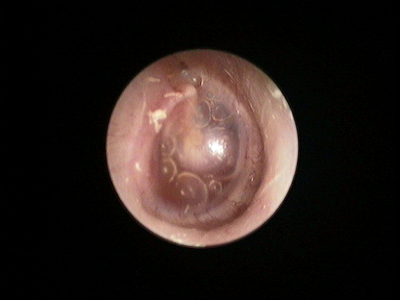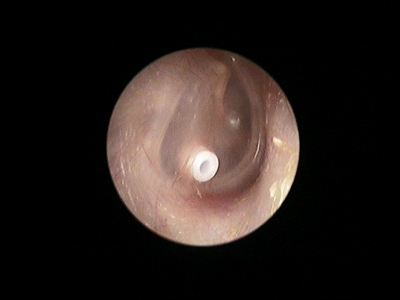From enlarged tonsils to chronic acid reflux to sleep apnea, kids can also suffer from a variety of ailments that are normally only associated with adults. They require prompt diagnosis and treatment, which may require a visit to an ENT specialist.
In children, their immune system is still developing, so they are more susceptible to infections, leading to ear, nose and throat (ENT) problems. Children who are more prone to ENT conditions include premature infants, kids with asthma, craniofacial disorders, Down syndrome, immune deficiencies and cystic fibrosis.
Common ENT conditions occurring in children include middle ear infections (otitis media with effusion), enlarged adenoids and/or tonsils, nose bleed (epistaxis) and foreign body lodged in the ear or airway.
Otitis media with effusion in children
Otitis media with effusion, also called glue ear, refers to a collection of fluid within the middle ear. This can be due to a preceding middle ear infection, sinusitis or common cold. As the middle ear fluid is very thick and glue-like, there can be slight hearing loss. Other otitis media with effusion symptoms include tugging at the ears, non-responsiveness and irritability.
Children between 2 to 6 years of age are at the highest risk, due to immaturity and ineffective functioning of the Eustachian tube, frequent respiratory infections, allergies and enlarged adenoids.
Treatment of glue ear includes antibiotics, nasal steroid sprays and surgical insertion of a ventilation tube (called a grommet) into the eardrum to drain the fluid within the middle ear.
Photo showing multiple air bubbles in the middle ear due to otitis media with effusion in children

Photo of healthy middle ear after grommet was inserted

Enlarged adenoids in chidren
The adenoids are fleshy pieces of tissue located in the back of the nose which help to fight infections when we are very young. As we get older, the adenoids become redundant and do not maintain any immune function.
The adenoid usually reaches its greatest size by about 4-5 years of age, and then gradually decreases in size over the next 10 years. Enlargement of the adenoids in children may not have a specific cause; but sometimes it may be due to a long-standing infection. The adenoids enlarge when infected, and sometimes bacteria and viruses can be trapped within it. When that happens, the long-standing infection can keep the adenoids enlarged for years.
Enlarged adenoids can become as large as the size of a ping pong ball and completely block airflow through the nasal airways. This leads to the sensation of blocked nose, and breathing is achieved through the mouth. Very large adenoids may also block the passage of air into the middle ear via the Eustachian tube, resulting in recurrent middle ear infections.
Treatment involves surgical removal of the adenoids, a procedure known as adenoidectomy. This is a simple operation that is often done as a day surgery procedure.
Nosebleeds (Epistaxis) in children
The lining of the nose is richly supplied by numerous blood vessels. Nosebleed, or epistaxis, commonly occurs in children as the lining of their nose is thinner compared to adults. Therefore, blood vessels rupture more easily either spontaneously, from trauma (such as nose-picking) or inflammation. Most of the nosebleeds occur in the front part of the nose from the nasal septum. After the age of 10, nosebleeds become less common as the lining of the nose becomes thicker.
Applying direct pressure by pinching the soft fleshy part of the nose encourages blood to clot, which helps to stop the nosebleed. Pressure should be firm and be applied for 5 to 20 minutes with the head tilted forwards. This prevents swallowing of excess blood which can irritate the stomach and cause vomiting. If these simple measures do not work then seek your ENT doctor because medical intervention may be needed to stop bleeding
Please contact us if you have further enquiry on Pediatric ENT or Request an appointment to see our ENT specialist
